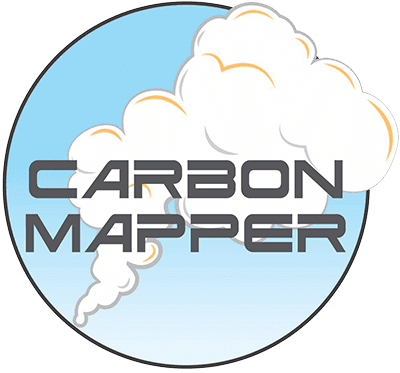Since launching last year, the Pledge has now been signed by 150 countries that have all committed to reducing methane emissions 30 percent by 2030 over 2005 levels to hold warming at 1.5°C above pre-industrial levels. As the list of countries committing to take action grows, COP27 was just as focused on action. More than 50 countries announced how they’re delivering on—or making progress toward—these goals via Methane Action Plans as well as growing financial investment to tackle methane across energy, agriculture and waste sectors. A number of countries, including the U.S., Canada and Nigeria, also all announced substantial strengthening of rules and regulations governing methane emissions from the oil and gas sector.
Data To Drive Action
As momentum continues to grow, there’s also an expanding ecosystem of monitoring and measurement programs and technologies that will help governments and businesses meet their pledges by improving methane emissions baselines, guiding mitigation and helping to better track and report emissions. Accordingly, there was a heightened focus at COP27 on ways to leverage the data coming from these programs to drive climate action. Several major announcements highlighted the importance of accessible and actionable methane data as well as the role remote sensing can play to help validate and improve methods and models to drive global mitigation.
The United Nations Environment Programme Finance Initiative (UNEP FI) International Methane Emissions Observatory announced the Methane Alert and Response System (MARS), a new initiative which will use observations from various satellites to alert governments and operators about large methane sources to foster rapid mitigation action of this potent greenhouse gas (GHG).
Also advancing data availability, Climate TRACE announced the release of more than 70,000 data points identifying the world’s worst GHG polluters, addressing methane’s impact. These efforts were important steps in delivering actionable data to support mitigation, and Carbon Mapper is looking forward to further supporting and validating these programs with the detection and quantification of thousands of high-volume methane emitters globally.
No Time to Waste … on Waste Methane
Despite being the third largest source of methane, the waste sector has largely been ignored on the global stage, until this year. Accounting for 18 percent of human-caused emissions, tackling waste methane emissions is critical to meet the reduction goals of the Global Methane Pledge.
At this year’s Global Methane Ministerial, the U.S. State Department launched the Global Waste Pathway—an effort focused on reducing emissions across the solid waste value chain. The Pathway highlighted efforts to support enhanced measurement and monitoring for the sector, including Carbon Mapper’s new waste sector initiative that will develop a baseline assessment of high-emitting solid waste sites worldwide. Opportunities to cut waste emissions are detailed in this Carbon Mapper animated narrative, developed with Earthrise Media, about how remote sensing can drive action in the waste sector.

To learn more about Carbon Mapper’s efforts on waste methane, see our animated narrative “Tracking an Invisible Risk” at wastemethane.carbonmapper.org.
The Pathway also featured an RMI and Clean Air Task Force (CATF) initiative to launch a Waste Methane Assessment Platform (Waste MAP), an open-source platform that will leverage data such as from Carbon Mapper to facilitate sharing of information and best practices for global policymakers, operators and financiers focused on the waste sector.
Continuing to Build Methane Momentum
COP27 was focused on implementation, and continued to build on the ambition we saw in COP26. Nevertheless, more work is needed to achieve the reductions necessary to avoid the worst impacts of climate change.
To learn more about our efforts to make methane emissions visible and drive actionable reductions, email info@carbonmapper.org or subscribe at the bottom of this page to our News and Insights announcements.
